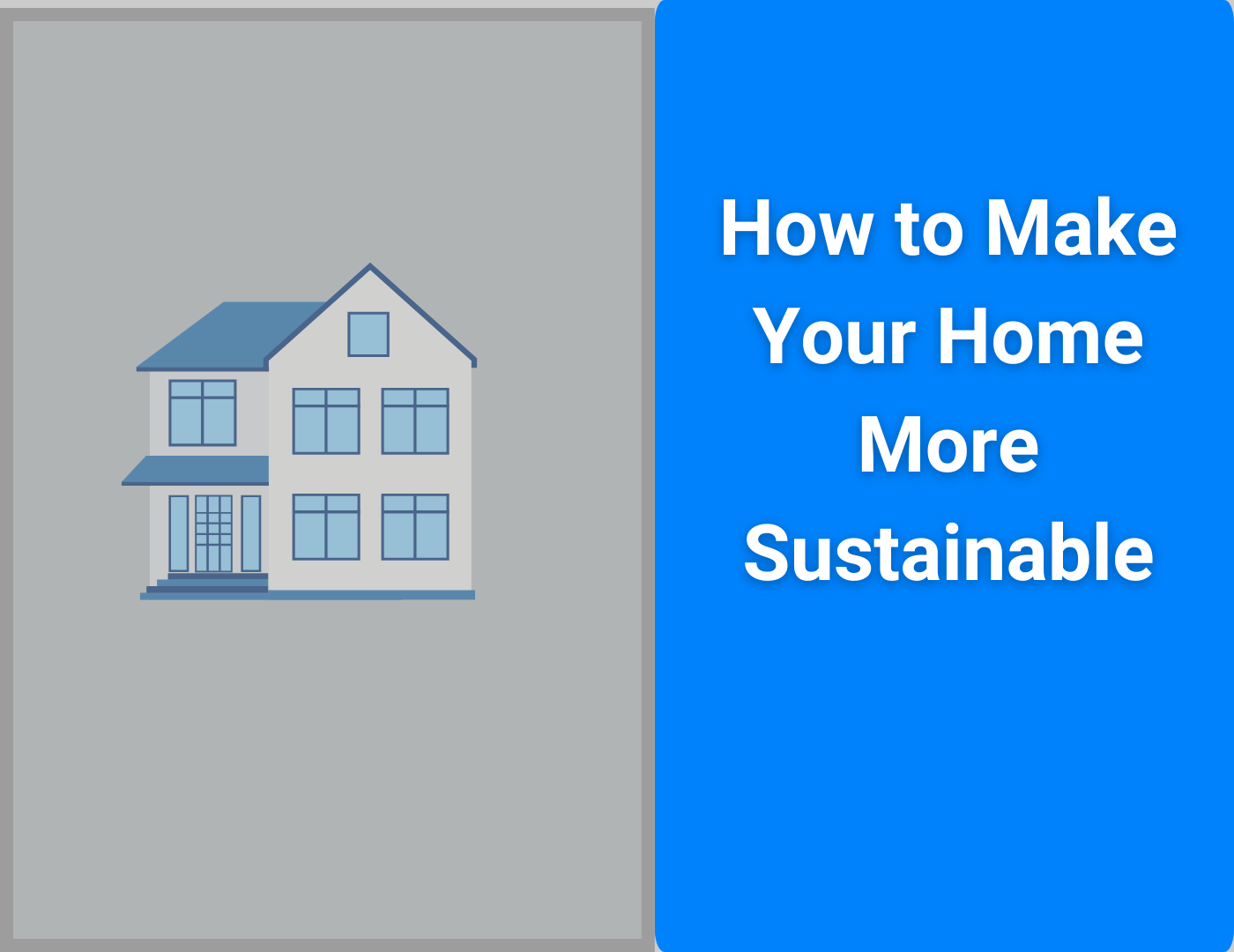
When you think of a sustainable home, you might picture expensive solar panels or a complete eco-friendly renovation. But what if making your home greener didn’t require a big budget or drastic changes?
The truth is, sustainability starts with small, everyday choices—many of which are often overlooked. From the clothes in your closet to the way you clean your home, there are countless easy swaps to reduce waste, cut energy use, and make your space more planet-friendly.
Ready to rethink the way you live? Here are some underrated yet simple ways to make your home more sustainable without sacrificing comfort.
1. Use Low-VOC Paints
Many conventional paints release volatile organic compounds (VOCs), which contribute to indoor air pollution and harm both human health and the environment. Low-VOC or VOC-free paints offer the same high-quality finish without toxic fumes, making them a more sustainable choice for your home and the planet.
2. Use Natural Cleaning Products
Many store-bought cleaners contain harsh chemicals that pollute waterways and contribute to plastic waste. Instead, create your own natural cleaners using ingredients like vinegar, baking soda, and essential oils. They work just as well, cost less, and are much safer for both your home and the environment.
3. Reuse What You Have
Instead of constantly buying more household items, have a look at what you already own. Empty glass jars can be used for food storage, old furniture can be repainted instead of replaced, and worn-out towels can be turned into cleaning rags. Reusing reduces waste and saves money.
4. Switch from Paper to Cloth Napkins
Paper napkins are cheap but create unnecessary waste, especially since they’re used once and tossed. This also means frequent replacements, costing you money in the long run.
Make your home more sustainable by switching from paper to reusable cloth napkins. The most sustainable option is 100% cotton block print napkins, which are made from organic cotton and natural dyes. They last for years, add a touch of elegance to your dining table, and reduce paper waste. You can simply wash and reuse.
5. Build a Sustainable Wardrobe
Fast fashion is one of the biggest environmental polluters, producing cheap clothing that quickly falls apart. Instead of constantly replacing worn-out items, invest in high-quality, timeless pieces that last. Look out for ethical brands that sell sustainable clothing, or go thrift.
While sustainable fabrics may cost more, they last longer, saving money on replacement. On the other hand, shopping second-hand reduces the need for more textile production, reducing your environmental impact.
6. Upcycle Old Fabrics
Before tossing worn-out clothes or linens, get creative! Old t-shirts can become reusable produce bags, pillowcases can turn into tote bags, and scrap fabric can be used for patchwork projects.
Upcycling extends the life of textiles, reduces landfill waste, and gives your home a unique, handmade touch. There are several things you could do with old clothes that don’t require any sewing skills, just some creativity.
7. Wash Clothes Less Often
Did you know that you don’t always have to wash your clothes after each wear? Frequent washing not only wears out fabrics but also wastes water and energy. Plus, frequent washing can weaken the fabric’s integrity, and soon you’ll need to spend on another.
Unless your clothes are stained or heavily soiled, re-wear them before throwing them in the laundry. Knowing how often to wash your clothes will help you wash less often, minimizing your environmental impact.
8. Switch to Solar
Going solar doesn’t always mean installing expensive panels. Start small by using solar-powered outdoor lights, solar phone chargers, or even a solar-powered water heater. These small changes reduce reliance on electricity, save money on bills, and lower your household’s carbon footprint.
9. Shop Local
Buying locally produced goods cuts down on carbon emissions from transportation and supports small businesses. Whether it’s fresh produce from a farmer’s market, handmade decor, or locally crafted furniture, shopping local reduces packaging waste and strengthens your community’s economy.
10. Minimize electricity usage
Do you leave your HVAC unit running even when no one’s at home? Or does your TV stay on while no one’s watching? Even many electronics continue to use power even when turned off. These things quickly add up, not only depleting non-renewable energy but also increasing your utility bills.
Make your home more sustainable by unplugging chargers, small kitchen appliances, and entertainment systems when not in use.
11. Swap Plastic Wrap for Beeswax Wraps
Is your home filled with plastic wraps? Plastic wrap is single-use and non-recyclable, adding to landfills. Beeswax wraps, made from cotton infused with beeswax, are a reusable alternative that keeps food fresh just as effectively. They mold to the shape of containers with the warmth of your hands and last for months.
12. Use Soy Candles Instead of Paraffin
Many traditional candles are made from paraffin wax, a byproduct of petroleum that releases harmful chemicals when burned. Soy candles, on the other hand, are made from natural soybeans and burn cleaner, releasing fewer toxins into the air. They also last longer and are biodegradable, making them a much more eco-friendly option for creating a cozy ambiance at home.
13. Collect Rainwater for Outdoor Use
If you have outdoor plants, consider setting up a rainwater collection system. A simple barrel under a downspout can collect water for watering your garden, cleaning outdoor spaces, or even flushing toilets, reducing your reliance on treated water.
Final thoughts
As you can see, you don’t need to spend thousands of dollars to make your home more sustainable. On the contrary, a sustainable lifestyle saves you money in the long run. Think reusable cloth napkins, long-lasting clothes, and lower energy bills. At the end of the day, sustainability benefits not just the planet but your wallet as well.







